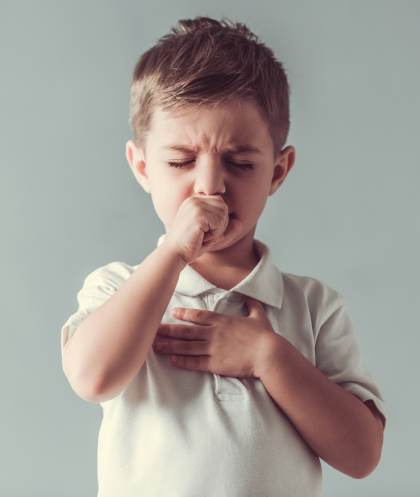
77 Wimpole Street,
London, W1G 9RU


Respiratory Conditions

One reason why viral infections in children can be very troublesome is that they tend to spread very rapidly, especially between children who are attending the same school, nursery or playgroup. Understanding how viral infections pass between children can help us to prevent the germs from spreading.
Viruses are tiny germs that can only reproduce when they infect a living creature. When a virus enters the body, it triggers an immune response that causes symptoms such as coughing, sneezing and runny nose. While these can help to clear the infection from the body, they can also provide a way for the virus to spread to other people.
The most common transmission routes for viral infection in children are::
Viruses can spread directly from person to person, but they can also be caught indirectly. For example, if one child sneezes on a toy, the virus could survive for several hours and then be spread to another child who picks it up later.:
You can reduce the risk of a virus spreading by:
However, even if you take all of these precautions, it is likely that your child will still catch the occasional cold or flu. It is normal for young children to have 10-12 viral infections every year, which can make it seem as though they are always catching something. In most cases, the symptoms will be relatively mild and you will be able to manage them at home, but you should always seek medical help if you are concerned.
Please fill the form below
Suzanne Harvey
secretary
Resources
